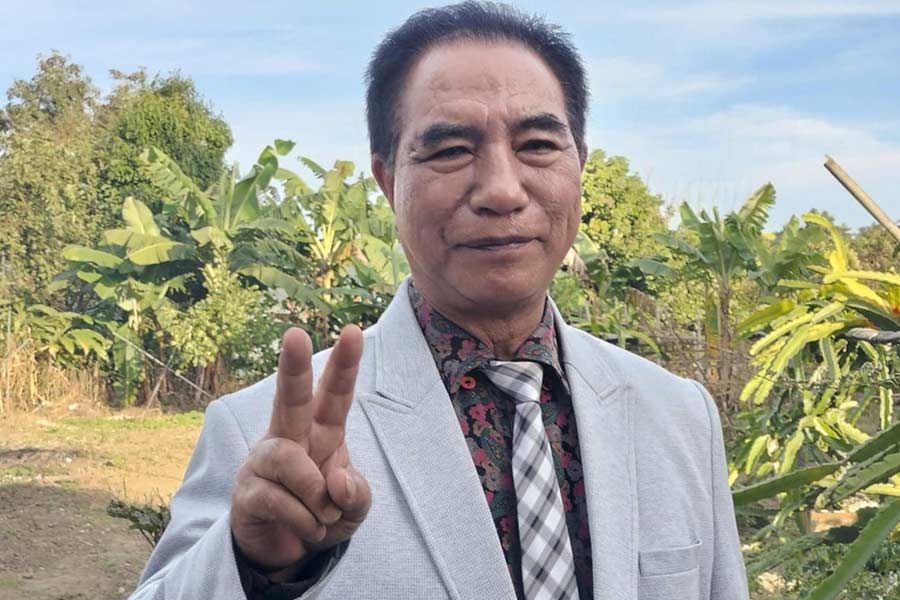Mizoram witnessed a significant shift in its political landscape this year as it elected a non-Congress, non-Mizo National Front (MNF) government for the first time in 36 years.
Zoram People's Movement (ZPM), a party formed just six years ago and led by former IPS officer Lalduhoma, defeated the Zoramthanga-led MNF government by winning 27 out of the 40 assembly seats.
The ZPM, which promised a government for the people, has put an end to bipolar politics after the Congress and the MNF ruled Mizoram by turns.
The northeastern state saw a new chief minister in Lalduhoma after Congress's Lal Thanhawla and MNF's Zoramthanga alternately occupied the top post since 1987.
In the November 7 polls, the MNF bagged just 10 seats, down from 26 in the 2018 assembly elections.
The emergence of ZPM as a force to reckon with was felt in March when it swept the Lunglei Municipal Council elections winning all the 11 seats.
The influx of refugees from Myanmar due to armed clashes in the neighbouring country and the entry of internally displaced people from violence-hit Manipur also dominated Mizoram's politics in 2023.
The capture of several Myanmar military bases by militia group People's Defence Force in November forced over 5,000 people from Chin state to seek shelter in Mizoram. The raids on military camps also forced 104 Myanmarese soldiers to flee to the northeast Indian state. They were sent back by Indian Army last month.
Currently, more than 31,000 people from Chin state have taken shelter in different parts of Mizoram, which shares a 510-km-long international border with Myanmar.
The ethnic violence between Meitei and Kuki communities in neighbouring Manipur since May has also led to an influx of refugees to the state. Mizoram was already burdened with refugees from Myanmar. Since then, over 12,000 IDPs from the neighbouring state have taken shelter.
In July, thousands of people hit the streets in state capital Aizawl to extend solidarity to the Kuki-Zo people in Manipur. Several ministers and MLAs, including then chief minister Zoramthanga, also took part in the protest.
Mizoram also witnessed an influx of over 1,000 people from Bangladesh's Chittagong Hill Tracts (CHT) after the neighbouring country's army launched a military offensive against Kuki-Chin National Army (KNA), an ethnic insurgent group fighting for an independent state.
The border dispute with neighbouring Assam continued to occupy an important place in Mizoram politics during the year.
In January, Mizoram formed a study group and submitted its claim to Assam, in accordance with the agreement reached during the border talks in November last year.
While the state government claimed 62 villages on the disputed territory as its own, Assam stated that the majority of the villages were inhabited by non-Mizos.
Mizoram also hosted the B20 meeting of the G20 summit in March. Nearly 80 delegates from India and 17 countries took part in the event held in Aizawl.
The year also saw the state assembly adopting a resolution opposing any attempt to implement the Uniform Civil Code (UCC) in the state.
Except for the headline, this story has not been edited by The Telegraph Online staff and has been published from a syndicated feed.










